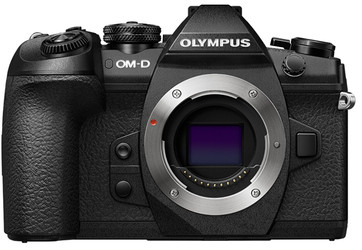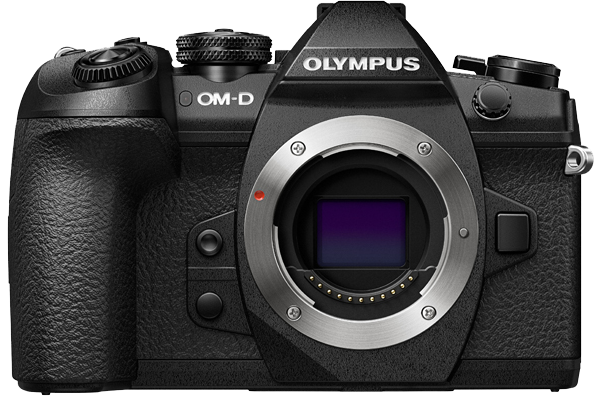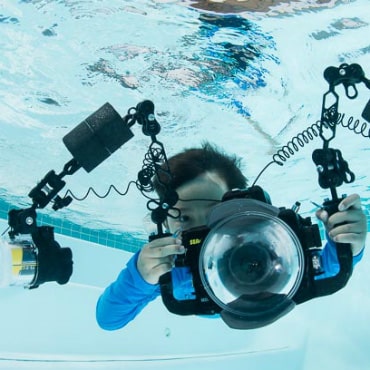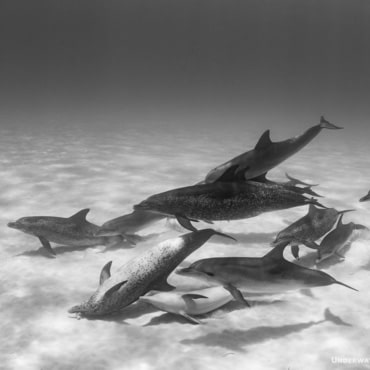Olympus OM-D E-M1 Mark II Camera & Housing Review
October 27th, 2016
Olympus OM-D E-M1 Mark II Review
Looking at the new E-M1 Mark II for Underwater Photography
by Kelli Dickinson
Finally! After years of waiting, and seeing the releases of E-M5 Mark II and E-M10 Mark II cameras, Olympus has released the E-M1 Mark II. Building on the successes of on the best mirrorless cameras for underwater, we expect nothing less than amazing for this new version. Take a look at the specifications and functionality of the new E-M1 Mark II, and check back for updates on housing information.
The Big 3
There are usually 3 questions that are most important to someone shopping for a new camera, especially for shooting underwater. What's the resolution? How does it focus? Does it shoot good video? We're happy to say that the new E-M1 Mark II answers all three of these questions perfectly.
How's the Image Quality?
The E-M1 Mark II offers a newly designed 20 Megapixel Live MOS sensor with TruePic VIII image processor. This new sensor features an anti-reflective AR coating to help reduce flare and deliver rich, high quality images. The improved image processor will power the massively increased 15 fps burst mode operation and autofocus. Lastly improvements on their 5-axis image stabilization provides even smoother video and blur free hand held shooting.
Improvements to the Electronic Shutter on the E-M1 Mark II allow you to shoot at unprecedented speeds. The E-M1 boasts a 60fps (in S-AF) burst rate, faster than any other camera. With Continuous AF engaged you can still get a very fast 18fps. Using the standard mechanical shutter, the camera offers 15 (S-AF) and 10 (C-AF) frames per second shooting.
How does it focus?
Like the original, the E-M1 Mark II features dual AF with both contrast detection and on chip Phase Detection auto focus. Unlike the original E-M1, the Mark II offers 121 AutoFocus points (vs 37), and all of those focus points are dual (contrast and phase detection) cross type (both vertical and horizontal phase detection) giving you incredible flexiblity to dial in the focus. The camera is fast and accurate to focus, a real benefit for shooting macro.
In addition, the E-M1 Mark II features a new "Subject Tracking Cluster Display", allowing you to keep focus locked on a moving subject as you shoot. Paired with the Pro Capture Mode, this might just revolutionize shooting behavior underwater!
What about high quality video?
The Olympus cameras have always shot nice HD video, but have never been on the forefront of video technology. With the wide availability of 4k shooting on a variety of cameras, we would expect it out of any new model, and Olympus does not disappoint. In addition, Olympus didn't just slap the 4K recording in the line of new specs, they took the time to integrate it with high shooting bit rates, and customizable recording speeds (frames per seconds for slo mo).
The 4k Shooting is available in two modes, first "standard" 4k shoots at 102 Mbps bitrate. You have the option of 30p, 25p or 24p to hit your desired look. The second mode, "cinema" 4k shoots at a bitrate of 237 Mbps but only at 24p.
For 1080 HD shooting you have the option to choose the amount of compression, Super Fine, Fine and Normal which adjusts the bitrate from 52Mbps to 30Mbps down to 18Mbps. Also you can select a variety of frame rates from 60p, 50p, 30p, 25p and 24p.
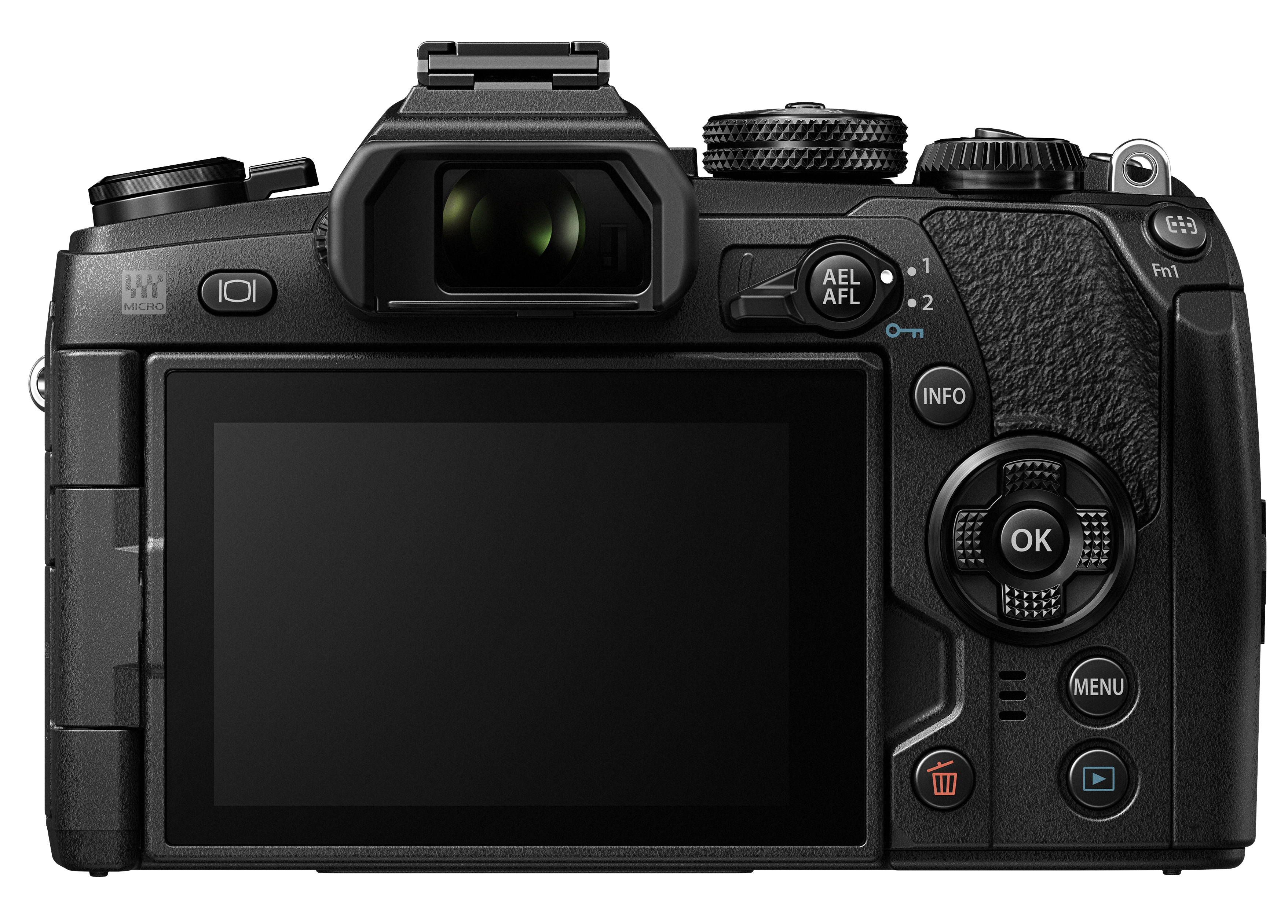
What We're Most Excited About
I recently had a chance to get my hands on a new E-M1 Mark II and take it for a little spin. What we are most excited to test out underwater is the new Pro Capture Mode, which allows the camera to begin buffering images when you depress the shutter half way, then once you depress the shutter completely it saves that frame and 14 frames prior to that moment. This allows you to nail that stunning behavior shot, even if you're a few moments behind the peak of the action!
In addition, the overall improvements in focus speed, image quality and the addition of 4k recording all make this an exciting new camera, and one that promises to perform exceptionally underwater.
The One Disappointment
It was not until having the camera in hand that I discovered one change Olympus made from the original E-M1 that is bound to disappoint many underwater photographers. Gone is the higher speed, 1/320th flash sync that we saw with the original E-M1. The E-M1 Mark II camera maxes out at 1/250th. While still comparable with many dSLR cameras, it is still a bummer to lose that extra stop of light reduction for those bright sunball shots!
Olympus OM-D E-M1 Mark II Camera Review Video
Am I Going to Need a New Housing?
This is always one of the first questions asked by folks looking to upgrade, and the answer once again is yes. From looking at the new E-M1 Mark II compared to the original E-M1, while very similar is size and shape, there are enough changes that will warrant a new housing. The angle of the front grip is slightly different, due to this the Record and Fn2 buttons are slightly shifted. The 1:2 Lever and AEL/AFL button has been reversed and the Menu button was moved over above the playback button, causing that one to shift down.
Underwater Housing Availability
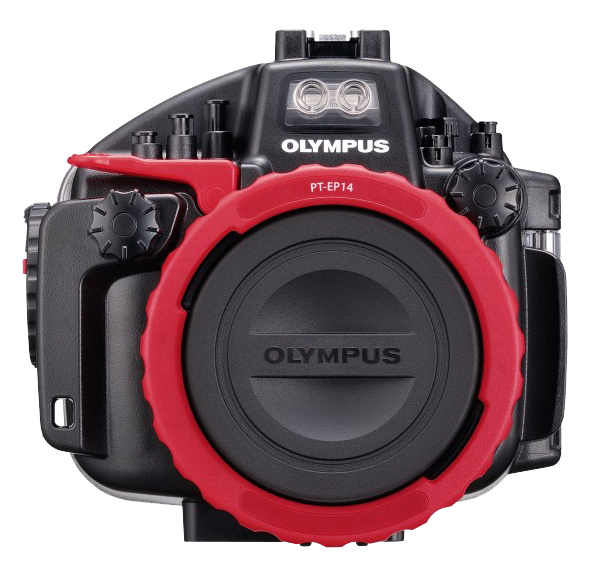 Olympus has released their housing, the PT-EP14. The big change for this housing is that it is now able to withstand depths to 60m (200ft), a big improvement over their previous housings which were only rated to 45m. The housing uses the same ports as the PT-EP08 and PT-EP11 housings. This features a very easy to use external bayonet mount, which makes port changes a breeze. Also available will be a new port specifically for the 60mm and new 30mm macro lenses. The shutter lever has been extended to provide better access. In addition, they layout is well throught out, making it very easy to use underwater.
Olympus has released their housing, the PT-EP14. The big change for this housing is that it is now able to withstand depths to 60m (200ft), a big improvement over their previous housings which were only rated to 45m. The housing uses the same ports as the PT-EP08 and PT-EP11 housings. This features a very easy to use external bayonet mount, which makes port changes a breeze. Also available will be a new port specifically for the 60mm and new 30mm macro lenses. The shutter lever has been extended to provide better access. In addition, they layout is well throught out, making it very easy to use underwater.
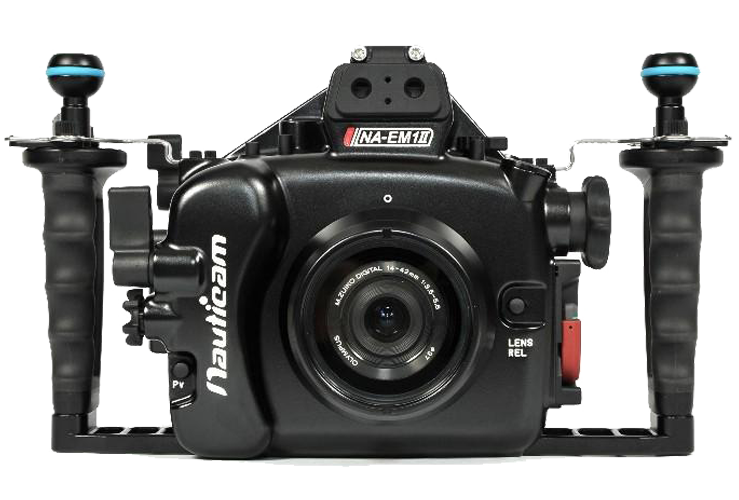 Nauticam created a new housing in the long standing tradition of high quality aluminum housings with great ergonomics that we have come to expect from them. Similar to the original E-M1 it features built in handles, well placed controls and a full port system for the Olympus and Panasonic m4/3rds lenses. It features the same easy to use bayonet port system as their DSLR housings, requiring no twisting of the ports. The housing is depth tested to 100m, and also works with a variety of Nauticam's high end accessories, including the vacuum system, extenal viewfinders, wet optics and more.
Nauticam created a new housing in the long standing tradition of high quality aluminum housings with great ergonomics that we have come to expect from them. Similar to the original E-M1 it features built in handles, well placed controls and a full port system for the Olympus and Panasonic m4/3rds lenses. It features the same easy to use bayonet port system as their DSLR housings, requiring no twisting of the ports. The housing is depth tested to 100m, and also works with a variety of Nauticam's high end accessories, including the vacuum system, extenal viewfinders, wet optics and more.
Aquatica released a great housing for the E-M1 and has been building on their mirrorless line, and will be releasing their E-M1 Mark II housing around mid April 2017.
Ikelite is still considering if they will produce a housing for the E-M1 Mark II, stay tuned for more updates.
Sea & Sea may or may not produce a housing for the E-M1 Mark II.
As soon as we hear an update on the camera or housing availability we will update this information.
E-M1 Mark II Features and Specs
- 20 Megapixel Live MOS Sensor with TruPic VIII Dual Quad Processor (Big Upgrade from the E-M1)
- Advanced 5-axis Image Stabilization (Improved from the E-M1)
- 121-Point Dual Fast Autofocus (Big Upgrade from the E-M1)
- Focus Bracketing and Stacking (Hopefully Big Upgrade from the E-M1)
- 50 megapixel Hi-Res Shot Mode
- 15 fps Sequential Shooting (Mechanical) (Improved from the E-M1)
- 60 fps Sequential Shooting (Electronic)
- 4K Cinema Video at 30/25/24 fps (Big Upgrade from the E-M1)
- 1/8000 High Speed Mechanical Shutter
- 1/250th Shutter Sync for flash
- Lightweight and Weatherproof Body
- 3 inch Fully Articulating Touchscreen Monitor
- Built-in Wifi

